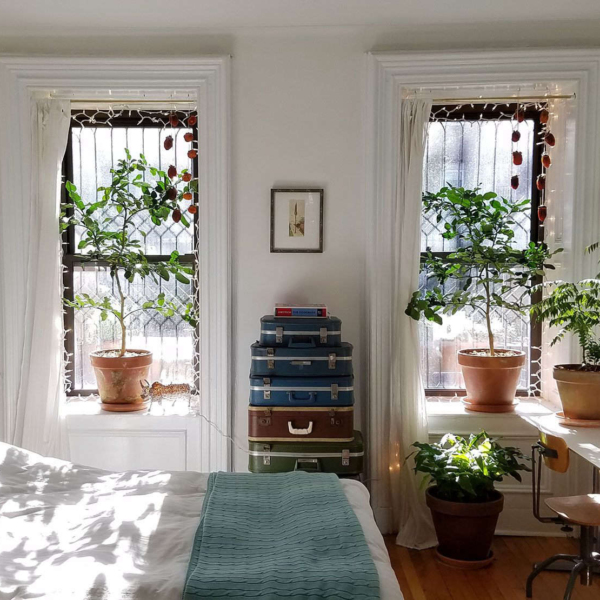The tub shower combo is a multipurpose and space-saving solution that integrates a bathtub and a shower into a single unit. This combination meets the diverse needs of a family or group while utilizing only one of these elements’ areas. A tub shower combo maximizes the utility of the room in rooms where floor space is limited. Whether you prefer a relaxing soak in a bathtub or an invigorating shower, a shower tub combination provides the best of both worlds, making it a practical and stylish solution for the modern bathroom.

Pros:
Several reasons make a tub shower combo a beneficial choice for certain individuals, groups, or specific bathroom scenarios.
- Space Efficiency: A shower tub combo is one of the best ways to make the most of the space available in small bathrooms or other areas where maximizing square footage is important. This combination preserves valuable space while enabling people with varying needs and preferences to enjoy their bathing routine.
- Versatility: The tub shower combination gives people who enjoy a relaxing bath or those who prefer a quick shower the ability to utilize one unit. As a family’s or group’s needs change over time, this unit also offers more flexibility than a singular shower or bathtub.
- Cost-Effective Installation: Installing a shower tub combo is far less expensive than installing separate shower and bathtub components. This is due to the elimination of the need for additional plumbing and the simplified design of a single tub shower unit.
- Maintenance: In most cases, cleaning and maintaining one unit rather than two separate spaces is easier and more straightforward. Furthermore, the integrated design of the tub shower combo reduces the number of corners and surfaces where grime and soap scum can accumulate.
- Accessibility: For certain individuals with mobility challenges or for people in a household with a variety of needs, a single tub shower unit can provide certain benefits. Some tub shower unit designs offer easy entry and exit and allow people to bathe and shower.
- Resale Value: A well-designed and efficient bathroom is appealing to home buyers. Many homebuyers want the flexibility that tub shower combos can provide for changing life needs.
Cons:
Tub and shower combos do not come with certain disadvantages. The key is to understand both the benefits and drawbacks of the design to decide if it is a good choice for your circumstances.
- Limited Bathing Space: The design of most tub shower combination units limits the bathtub size and depth. This can be a drawback for people who prefer a luxurious bathing space.
- Design Limitations: The combination of the tub and shower unit will present certain design limitations that may not suit the aesthetics of certain styles or bathroom configurations.
- Water Splashing: For certain units with just a curtain or partial glass enclosure, water can escape, causing significant damage to walls and floors.
- Accessibility Concerns: Some tub shower combo units allow easy accessibility. Yet, most combination units are not suitable for people with severe mobility issues, compared to walk-in showers.
Types of Tub Shower Combos

Tub and shower combos are available in a wide range of sizes and configurations. These are designed to meet the different preferences, space constraints, and design aesthetics of diverse homeowners.
Standard Tub Shower Combo
This is the most basic type of tub shower combo, where the tub and shower are combined into a single unit. This combination unit features a bathtub with a built=in shower head and a curtain or glass door enclosure.
Corner Tub Shower Combo
A corner tub shower unit fits snugly into a corner space, making this an ideal option for small bathrooms. It maximizes available floor space and still allows users to bathe and shower.
Freestanding Tub With Shower
Some tub shower combinations feature a singular bathtub with a shower head installed above it. This combo allows more design flexibility in the type of bathtub that is chosen and offers more flexibility in the placement of the bathing area.
Drop-in Tub With Shower
A drop-in tub is designed to be placed on a deck, platform, or surround. This type of bathtub has a finished rim that is surrounded by a platform or decking. Users can customize the look of the platform with a variety of materials. A shower head is installed over the tub and may be enclosed with glass or a curtain.
Alcove Tub With Shower
An alcove tub is installed between three fixed walls with a shower head above. You can contain the shower spray in this combination by using a curtain or glass door enclosure.
Japanese Tub With Shower
Japanese soaking tubs are deeper than standard Western bathtubs. These provide excellent soaking ability for their compact size. You can use these types of bathtubs to create a tub shower combo by installing a shower head on the wall above the bathtub and enclosing both behind glass doors.
Walk-In Tub With Shower
Designed for people with mobility issues, walk-in tubs have a door that allows for easy access and exit but still holds in the water. Some designs may feature an integrated overhead or hand-held showerhead, while others can have one installed above them.
Hybrid Tub Shower Combinations
There are innovative tub and shower combinations that include features such as a walk-in shower with an integrated soaking bathtub, an area with a bench, and multiple shower heads.
Spa Tub Shower Combo
Designed to promote relaxation, these combinations include features like a whirlpool tub, rainfall showerheads, and built-in seating.
Steps for Choosing the Right Tub Shower Combo

Choosing the right tub shower combo involves weighing a variety of factors to ensure that it meets your space, budget, and preferences.
- Assess Your Bathroom
Measure your bathroom area to determine the available space. Be sure to consider factors like the bathroom layout, placement of plumbing fixtures, and any architectural constraints that might influence your choice.
- Define Your Priorities
Clearly define the considerations that are most important to you, which can guide you in the decision-making process. Think about space efficiency, budget, accessibility, material choice, and design flexibility.
- Consider Bathroom Users
Take into account the needs and preferences of all the people who will be using that particular bathroom, as well as future users. Consider factors such as age, mobility, and bathing habits to ensure you choose a suitable unit.
- Budgetary Considerations
Determine your budget for the unit before you start looking. This will help narrow down your choices and ensure that you don’t go over budget.
- Evaluate the Unit Types
Research all the available unit types as well as separate tubs and showers that you can combine. Some popular types include corner units, walk-in bathtubs, and standard shower tub combo units.
- Review Materials and Finishes
Consider all the available materials and finishes, including options like fiberglass, porcelain, acrylic, cultured marble, and tile. Think about each material in terms of longevity, maintenance, cost, and style.
- Optimize Accessibility
If accessibility is a concern, look for tub shower combos designed with features such as grab bars, low thresholds, and easy entry.
- Gather More Information
Once you have narrowed your search to a few units or shower tub elements, gather any available information about the quality of the product, the user experience, and how the options look in real life. Read as many reviews as you can find and visit showrooms where floor models are available to view.


